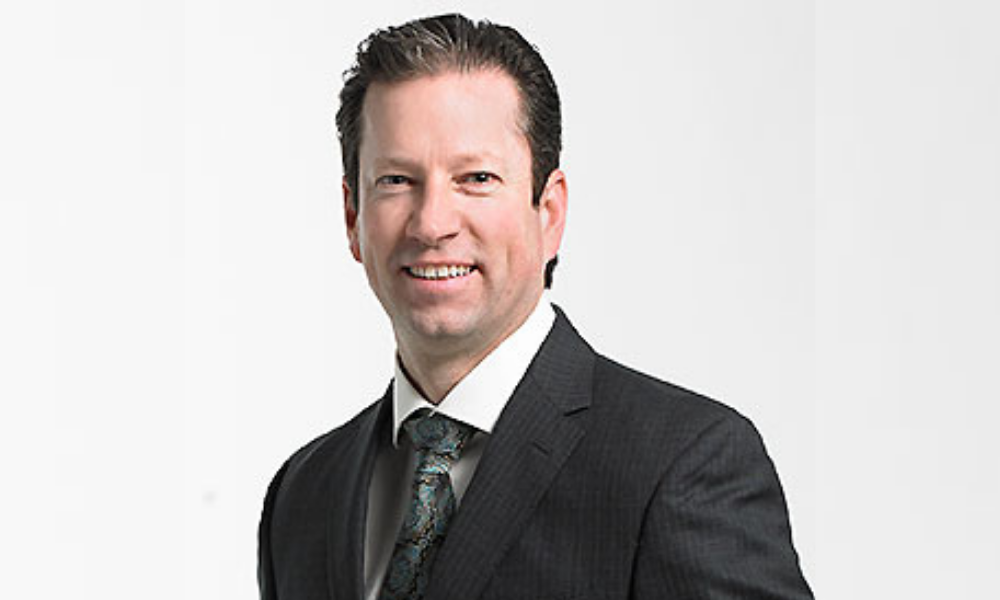Safety leaders need to work to change old school mentality of oil and gas sector

Safe behaviours start at home, says Ryan Sloan, Health and Safety Manager, Birchcliff Energy.
“Being a good example is key both at work and at home. I feel if you can't have that culture within you when you're at home, you can't bring that to work either,” he says.
Health and safety leaders in the energy sector need to be a positive influence, and have excellent communication skills which are “critical to send out that message and represent what you're trying to communicate,” says Sloan.
Being a good listener, being open to getting other perspectives and truly understanding people is essential.
As is “being open, understanding and learning new ideas or skill sets or opportunities as we have through the pandemic,” says Sloan.
He also says that a safety leader doesn’t have to be someone with safety in their title:
“It can be anyone in the worksite or in the office at all times, and helping set people up for success and understanding that everyone comes from different perspective or different safety paradigm is critical.”
“I feel in the oil and gas industry we get painted with a particular brush and an old school mentality,” says Sloan. “But how you work with that and change that mentality, that culture is critical to becoming a true safety leader in the oil and gas industry.”
Birchcliff Energy is of the 2021 Excellence Awardees of the Best Health, Safety and Environment Management Program, Canada’s Safest Employers Awards.
The pandemic has been tough for companies throughout the country, but companies like Birchcliff have successfully managed to navigate the pandemic thanks to a strong safety culture.
“We have a very engaged workforce and leadership team, but with a mature and very health safety culture, we’re able to shift and manage those interactions and processes that supported our culture,” says Sloan.
Sloan says that his organization looked toward tech solutions to help encourage open and engaging conversations
“We looked at new ways to support our team members in the field […] We looked at providing it to our field members with online training, including mental health training.”
To build a strong safety culture, Sloan says that organizations need to have a strong leadership team “that truly believes that providing a safe workplace demonstrates and supports the needs of the organization to create that culture that goes beyond the catchy slogans or rewards programs.”
Organizations need to provide reasonable resources such as qualified, educated health and safety professionals who can truly help communicate expectations and provide the direction support the company needs, he says.
“Communication is critical – both from the leadership and worker perspective. The workforce needs to hear that leadership believes in having a safety program that is there to support them,” says Sloan.





